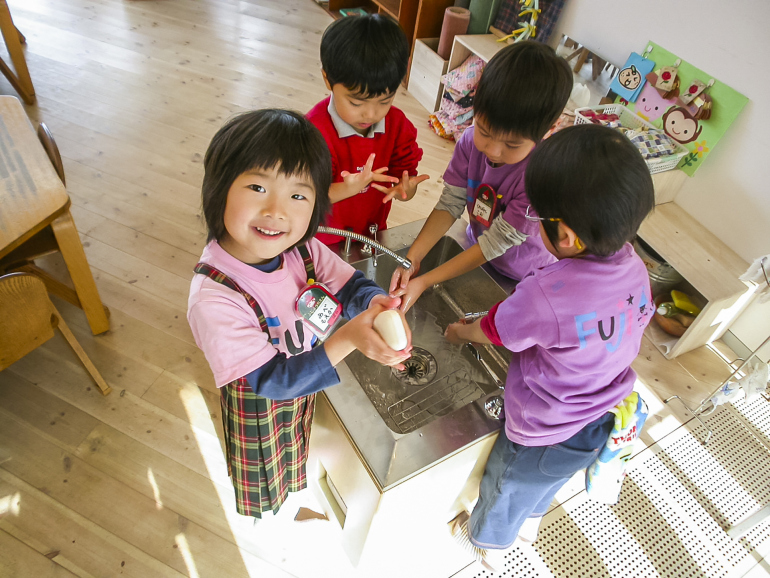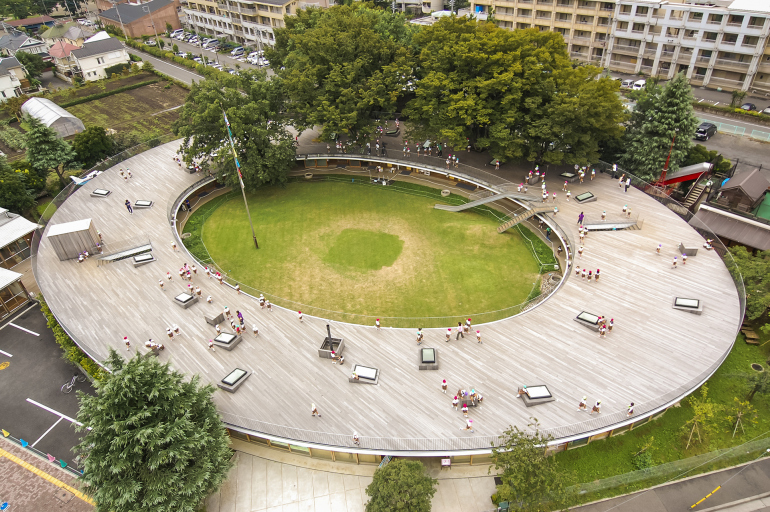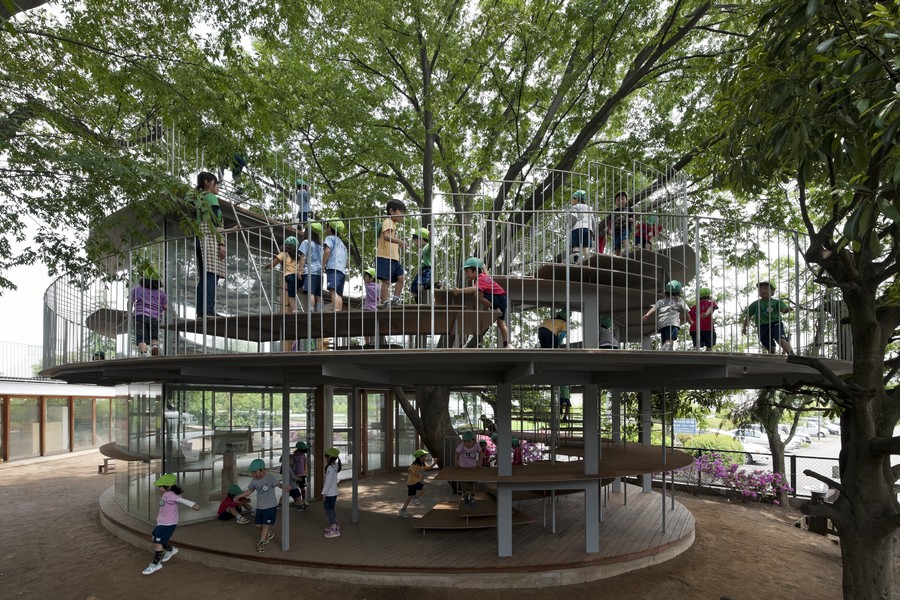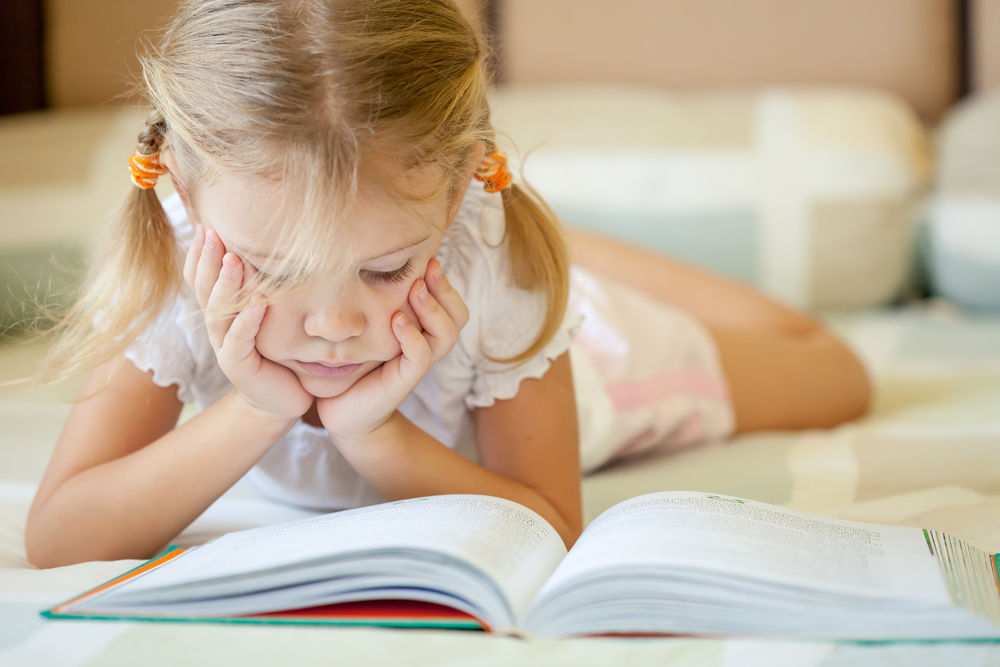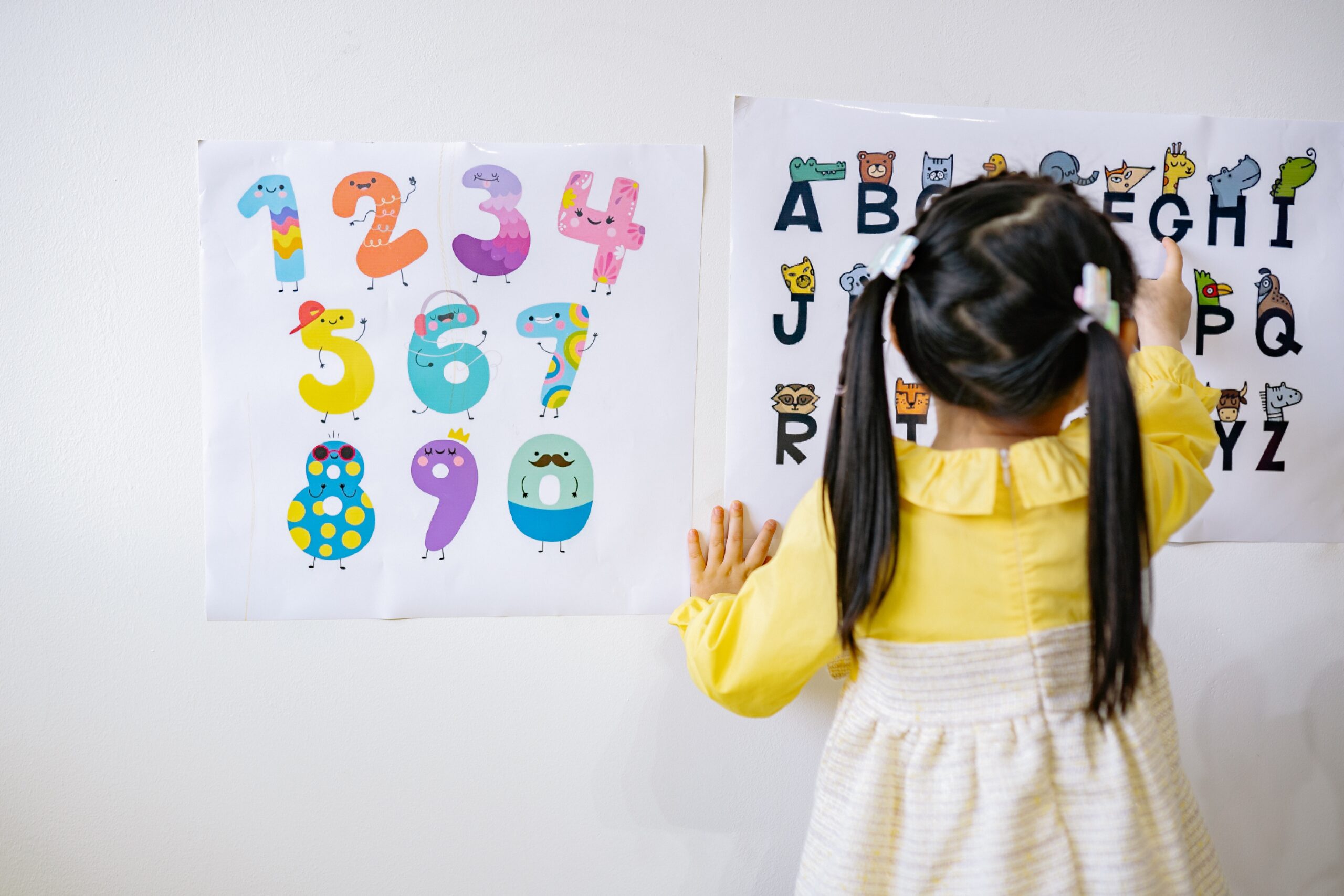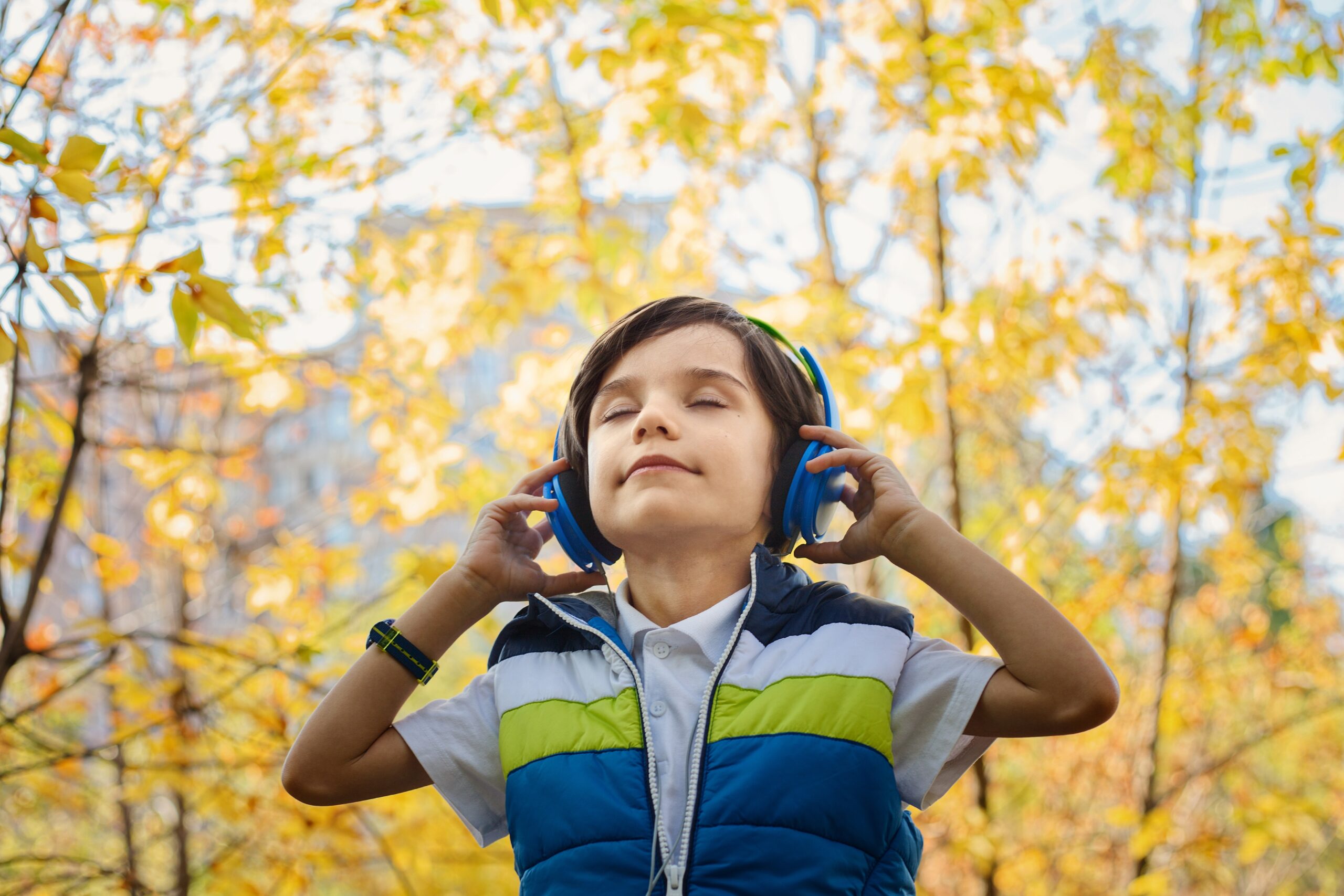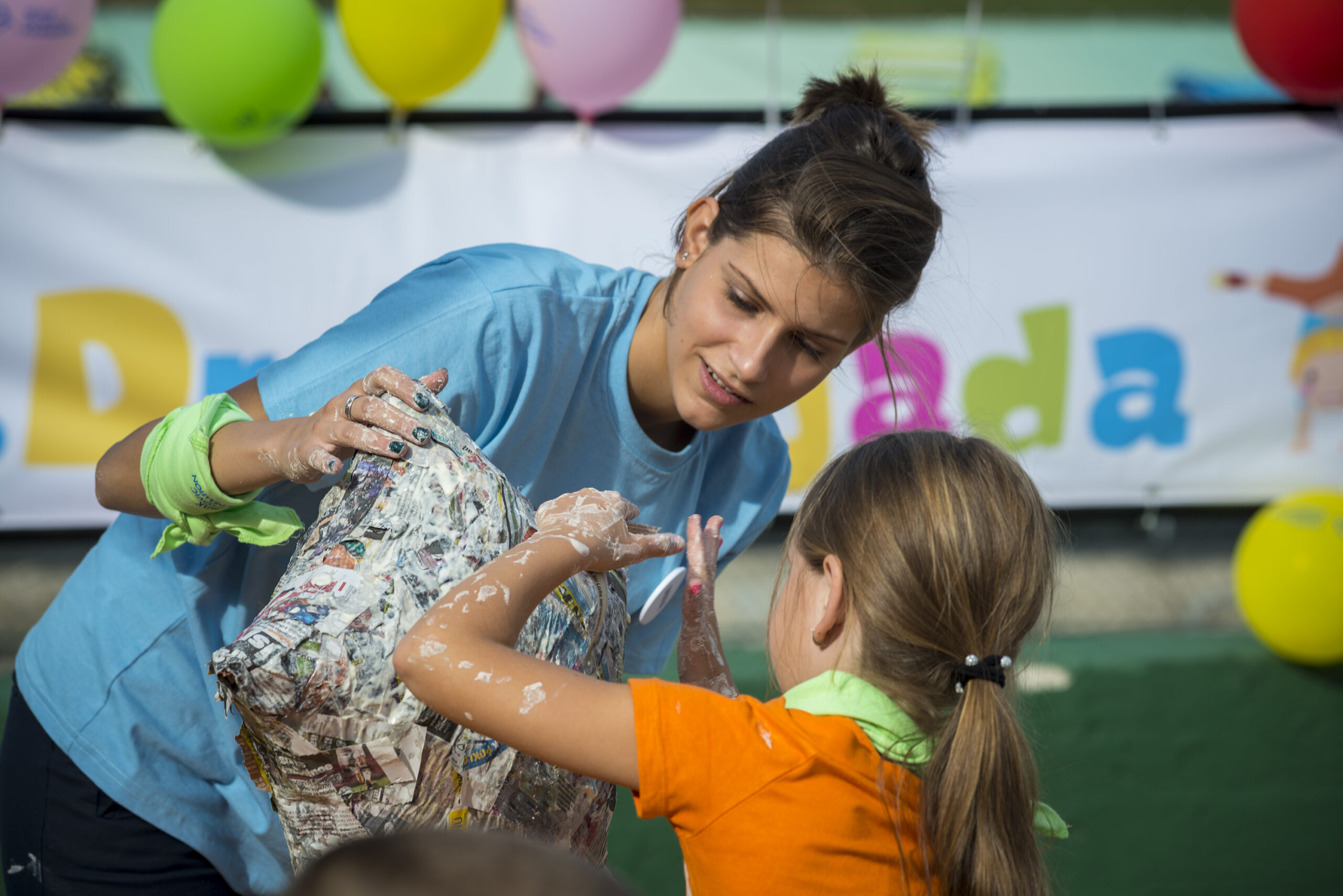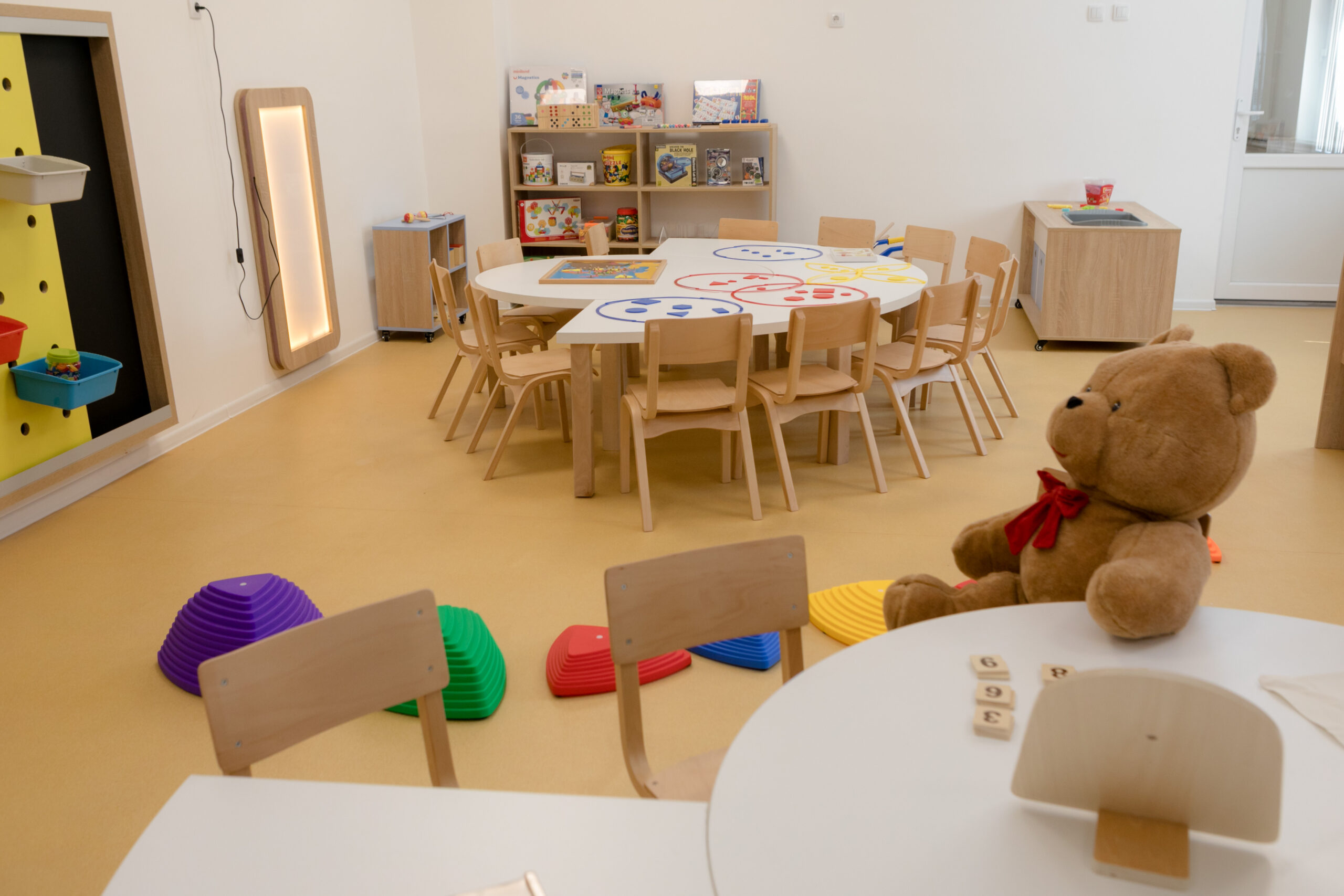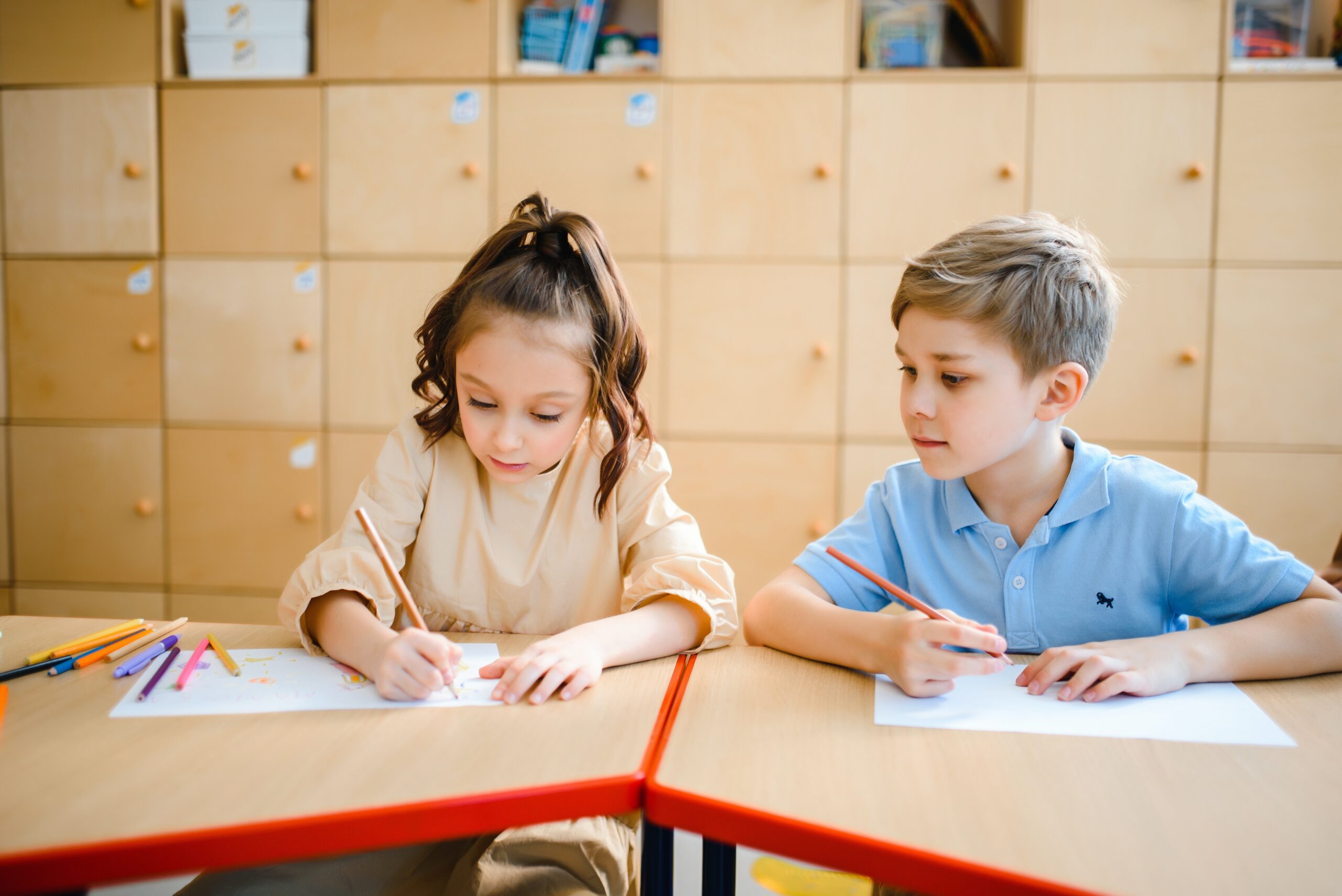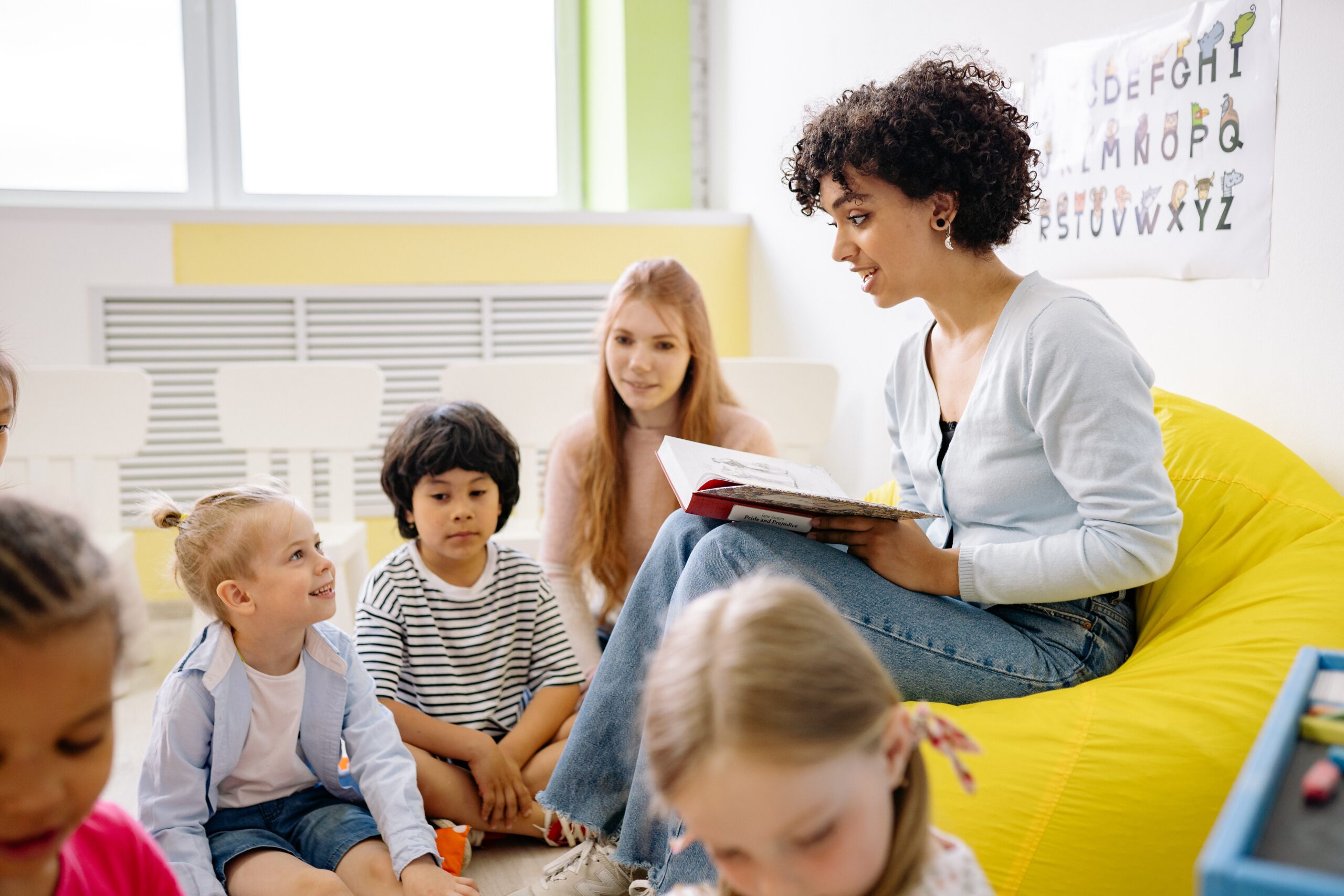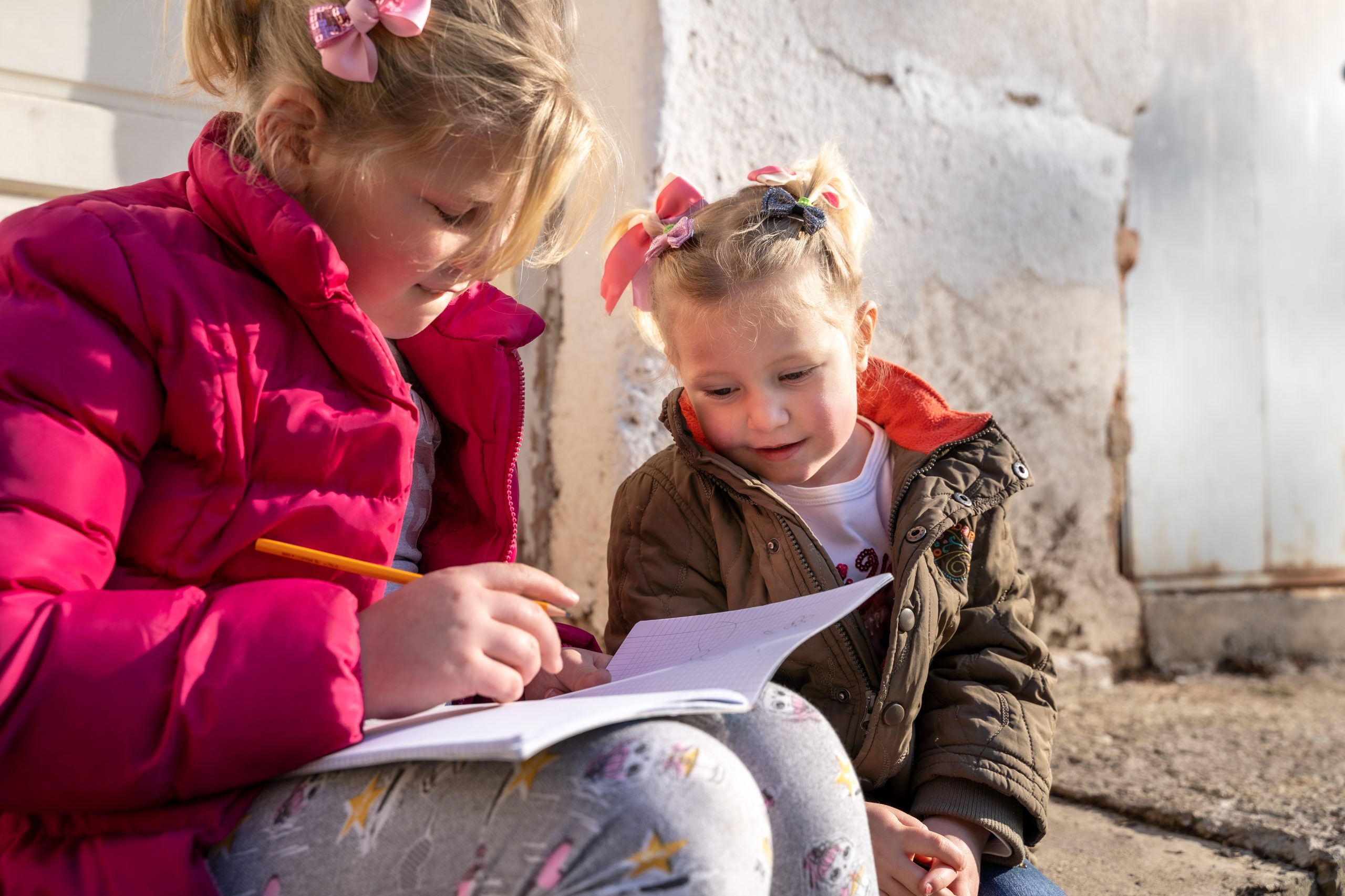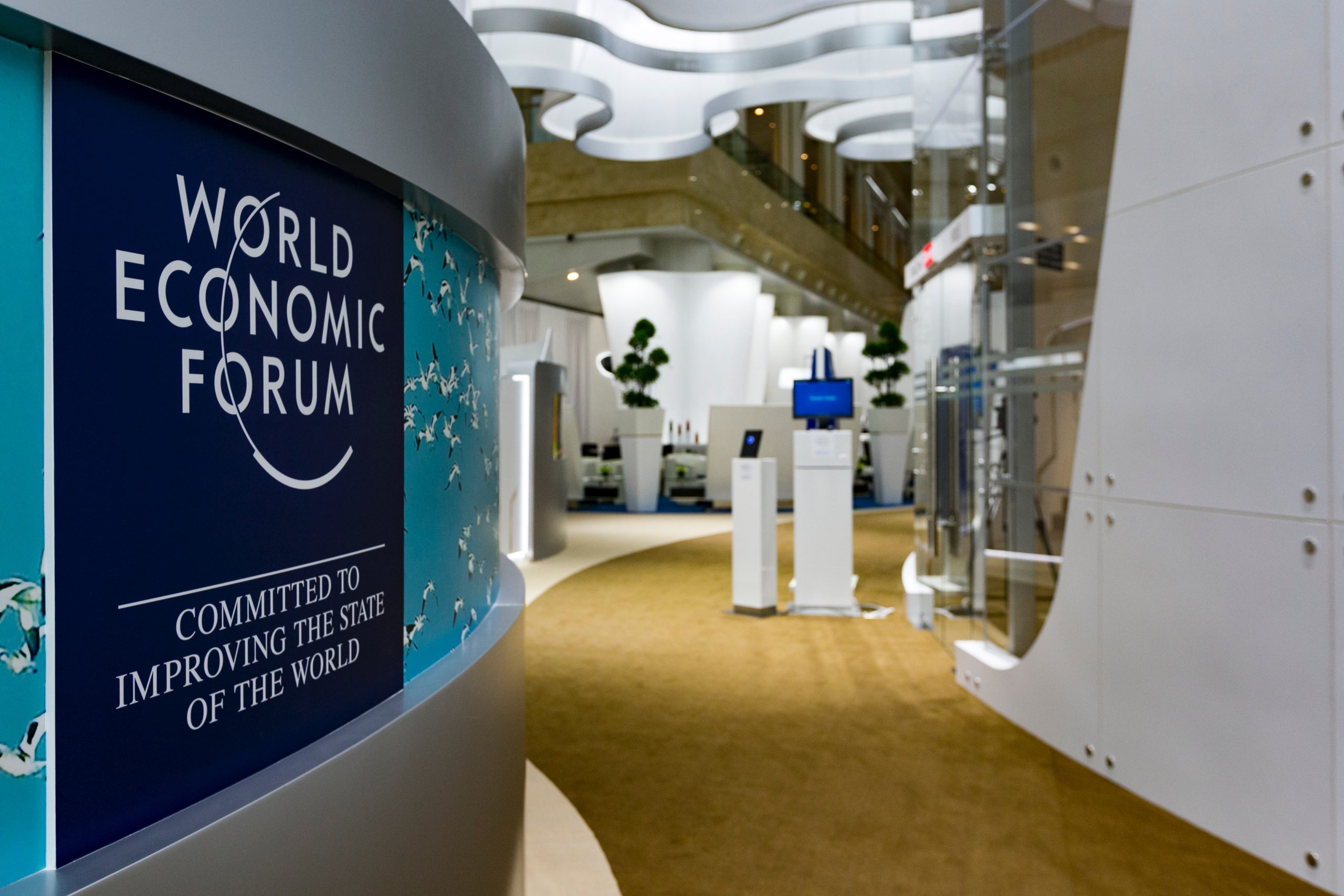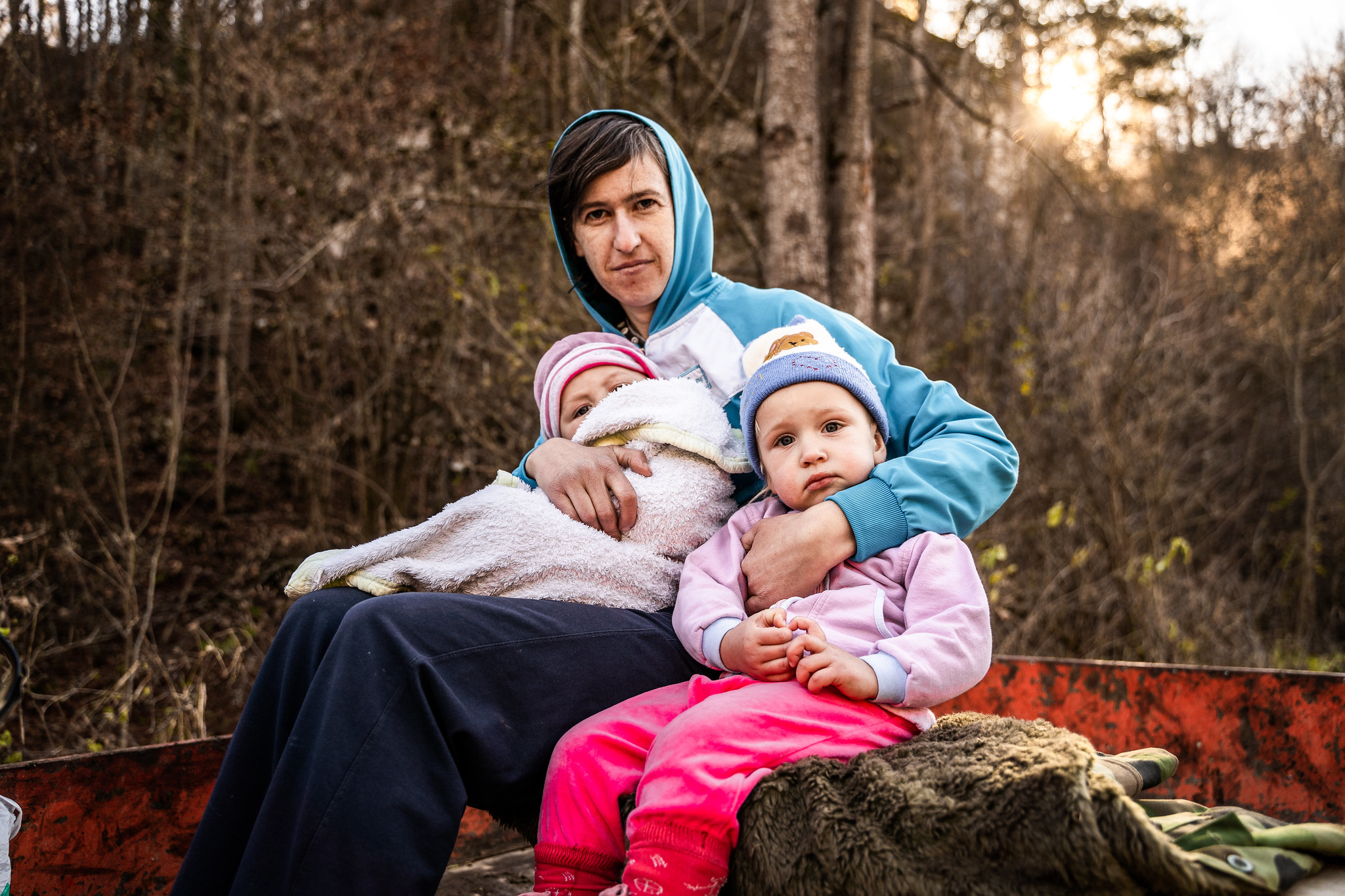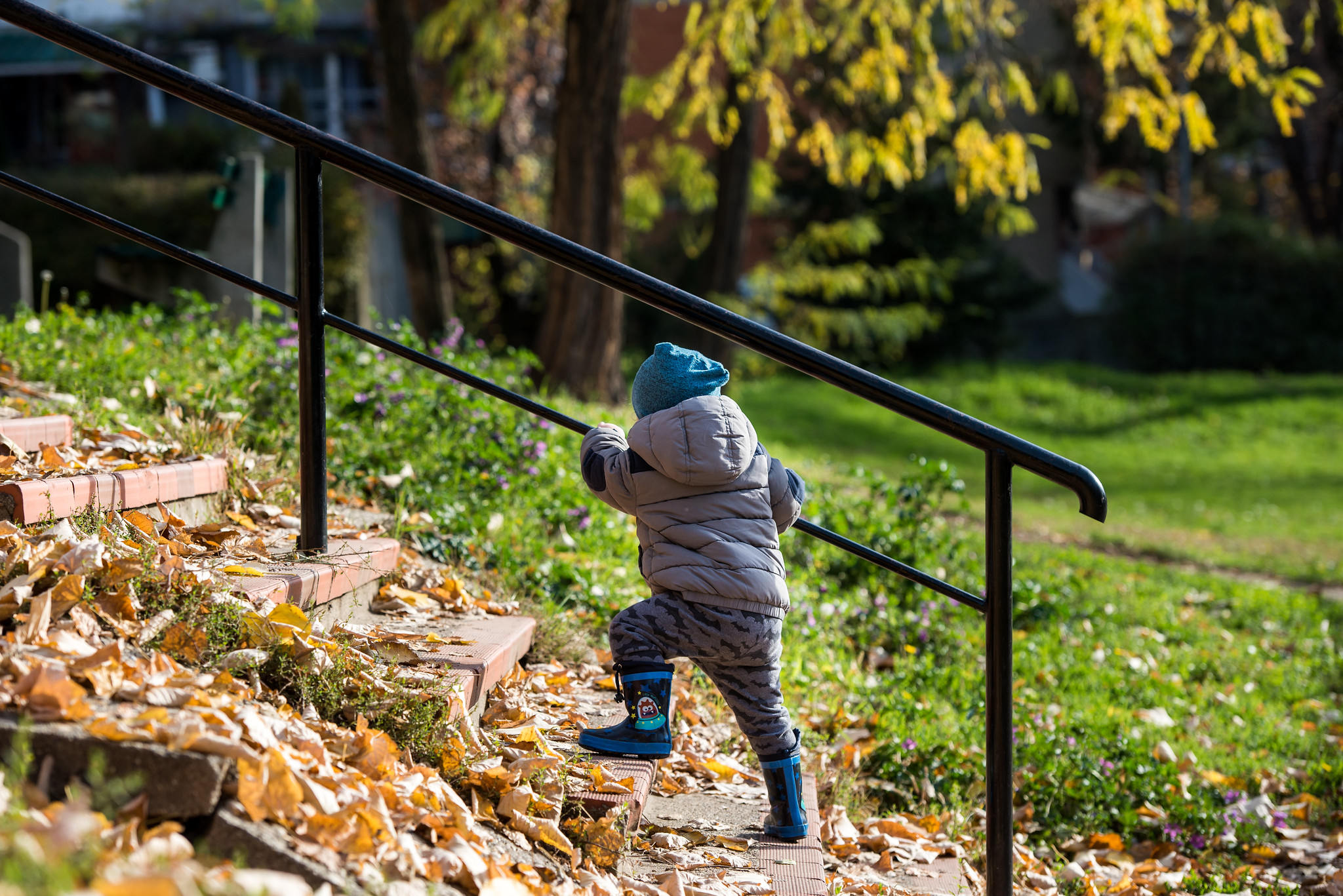The entire premise of Fuji Kindergarten is “don’t coddle and don’t protect”. Children are allowed far more freedom and they learn to make decisions on their own.
As the daughter of Chinese immigrants, I’ve often reflected on Asian and Western education models, comparing the varying methods of nurturing children. Asian schooling is often characterized as discipline-centric, while Western education is typically thought of as focusing on creativity and freedom. And while this general notion is not without basis, it’s also not entirely accurate, either.
In Western culture, we often try to isolate children, working to keep noise and potential distractions to a minimum. The phrase “classroom management” refers to a teacher’s ability to control his or her students: we try to discipline our kids and restrain their natural tendency to be rambunctious, to run around and play and be active. We give them ready-made toys and games so that their energy and unruliness may be contained, rather than allowing them to use their own imagination to create their own games. Then later, we wonder why our students aren’t energetic, passionate, and inquisitive.
Though the majority of schooling is based on high discipline, there are certain institutions that are redefining Asian early education. Among these is Fuji Kindergarten in Tachikawa, Tokyo.
Fuji Kindergarten: No walls between classes
Fuji Kindergarten is housed in a two-story, open, elliptical building. The classrooms are in a ring on the ground floor, while above is a gently sloping roof upon which the children play; in the center of the ring is a courtyard, also available to the students for play. However, the word “classroom” is misnomer – there are no classrooms because there are no rooms. Certainly, each teacher has an area in the building that is dedicated to her class, but there are no walls between classes. In fact, the school challenges the entire notion of boundaries: classes aren’t divided by walls, and neither are indoor and outdoor areas.
The roof serves as the children’s main playground, though there are no monkey bars, swings, or any other traditional outdoor play equipment. Instead, there are three trees that grow through both the classrooms and the roof that serve as jungle gyms. Students can climb and play freely on these trees, as there are nets filling the open space between the tree and the roof that will catch the children should they fall (which they do – and often on purpose!).
Equally appealing to the students is the open space of the roof: other than the trees, skylights, and a single slide that connects the roof to the ground, there is nothing on the second floor. However, the children are far from bored. They invent their own games, or often just run around the elliptical roof with no objective. Set apart from the main building is an annex that the children also play in. Only five meters tall but with seven stories, the structure is designed to encourage a child’s natural instinct to explore and climb. It has minimal hand rails and no padding.
Many people unfamiliar with this school’s design would question it. How do they keep the students from being distracted? How do they control the students? What happens if a student wanders off? And how do the students entertain themselves during free play?
In Fuji Kindergarten, children are free to generate the noise
The building challenges the premise every single above question. The architect, Takaharu Tezuka, and the principal of Fuji Kindergarten believe that the freedom and noise generated by the rooftop play area and open classrooms is beneficial to the students. When a child becomes restless or bored, he or she is allowed to roam. Autistic children, too, benefit from the environment. Instead of finding a hiding spot, the child can move freely between classes. The result is a surprising lack of stereotypical autistic behavior in the school, as well as an amazing aptitude for concentration in every student. The students learn to function well despite the potential distractions, and they learn how to make their own decisions with the freedom they are given.
The rooftop also encourages a healthy lifestyle. Children are meant to be free – anyone with experience working with kids knows that the vast majority of them love to jump around and play and explore given the opportunity. Fuji Kindergarten’s design, far from trying to control and restrain it, encourages this boundless energy. The students love to run around the rooftop – they run an average of 2.5 miles, or 4000 kilometers, per day.
Tezuka says that it is due to a child’s natural instinct to run circles, which is why he designed the building to be elliptical. Furthermore, academic studies have found that Fuji Kindergarten’s students emerge from the school more athletic than their counterparts in other kindergartens.
The premise of Fuji Kindergarten is “don’t coddle and don’t protect”
The building’s design is also meant to expose the students to small doses of danger. While conventional thought holds that children ought to be protected from anything hazardous, at Fuji Kindergarten, students are constantly exposed to sharp corners and slightly dangerous falls. This allows students to begin learning to navigate our chaotic and oftentimes dangerous world, and they learn to help each other in the process. They learn to work together to overcome difficulties, and they become stronger and more resilient.
In Fuji Kindergarten, students are allowed far more freedom than even their Western counterparts, and are better for it. They learn to make decisions on their own, are more creative and active, and lean to help each other and communicate. They learn from their mistakes and learn to focus and concentrate despite unruly surroundings.
If we took this model and applied it to learning institutions around the world, would our children become better equipped to deal with the future challenges?
[divider]
Please share your comments and views with us. We’d love to read them.

